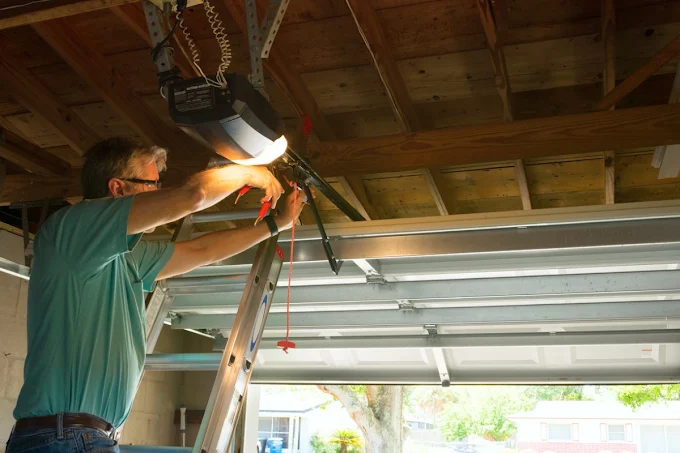In-Situ Formwork: The Modern Builder’s Guide

In-situ concrete looks simple from a distance: a crisp wall, even tie marks, clean arrises. Getting there, though, takes planning that balances speed, safety, and finish quality. Early in a build, I’ve saved days by specifying efficient wall formwork as part of the temporary works plan. That choice isn’t flashy; it’s practical. Less fiddling on site. Fewer patch-ups later. Done well, in-situ formwork sets the project tempo while quietly protecting budget and morale. I also look for ways to minimise crane swings and double handling, because every unnecessary lift invites risk and burns minutes we never get back.
Why in-situ wall formwork still matters
On tight programs, temporary works can make or break the critical path. Good planning keeps risk down and finish quality up. Here’s what consistently pays off on live jobs.
-
Cycle efficiency: Faster set-up and strike enable tighter pour sequences, cutting idle time during crane moves and reducing clash risks.
-
Material economy: Higher reuse rates keep panel faces intact, preserving edges for better finishes and quicker turnovers.
-
Tolerance control: Consistent alignment reduces grinding and patching, safeguarding design lines and saving labour hours.
-
Worker safety: Clear roles and checks reduce exposure to hazards while building predictable routines for newer hands.
Small gains compound; over a month of pours, these details shift the cost curve and keep momentum steady. Before locking a method, I cross-check guidance on concreting and support formwork to make sure site practices align with accepted controls.
Planning and layout for speedy pours
A good drawing set answers more questions than it asks. I still map pour breaks, storage stacks, and crane swings on a single A3 to settle the morning briefing and align the crew.
-
Panel mapping: Label, stack, and stage panels to match the pour order so crews pull once and nothing walks during lifts.
-
Tie strategy: Select spacing for pressure and finish targets, balancing economy with visible areas that will remain exposed.
-
Access logic: Position platforms where vibration and striking need certainty, shortening travel paths and reducing fatigue.
-
Service coordination: Confirm blockouts, conduits, and ferrules before the pour to avoid cutting that compromises cover.
Chasing decisions on the deck burns hours. A clear layout keeps the sequence readable when the pump starts and the radio crackles. When I’m unsure, I let the geometry drive the bracing and panel stacking; that’s the heart of wall formwork design, and it’s where projects either glide or grind.
Concrete pressure, rate of rise, and bracing
Concrete behaves predictably if you respect hydrostatic pressure and the clock. Most problems trace back to pushing the rate of rise beyond what the system can tolerate.
-
Rate of rise: Keep within the planned millimetres per minute for the mix and temperature, and record conditions for the crew board.
-
Head pressure: Check the tallest lift and revise expectations if heat or delays change pressure faster than anticipated.
-
Tie capacity: Confirm spacing against fresh concrete pressure so a rushed layout doesn’t outpace the hardware’s limits.
-
Brace layout: Place braces to counter eccentric loads and wind on tall runs, checking anchors and substrate capacity.
If the pour pauses—pump issue, truck delay—reset the plan. Shorter lifts with tight vibration usually beat a heroic single push. I also built in redundancy on first-of-type pours. No one regrets a belt-and-braces approach when the afternoon turns gusty.
Curing, surface finish, and weather planning
Surface quality lives or dies in the hours after the pour. A written curing plan on the whiteboard beats a vague chat, especially when sun and wind arrive uninvited.
-
Curing method: Choose sheet, spray, or wet hessian to suit exposure and access, keeping hydration even and colour consistent.
-
Joints and arrises: Protect corners with sacrificial angles where traffic is heavy, preventing chips as scaffolds move.
-
Finish targets: Define acceptable bugholes and patching boundaries before the pour, making acceptance straightforward.
-
Weather response: Prepare shade and wind breaks to reduce plastic shrinkage; prevention beats chasing cracks later.
For durability conversations, I keep notes handy on durable concrete filled walls so compaction, cover, and curing continuity are discussed with a practical lens.
Quality control, safety, and reuse cycles
Quality isn’t a single checklist; it’s a rhythm set by the foreman and echoed by the crew. I front-load the day with careful work, then accelerate once the pattern is proven.
-
Pre-pour checks: Verify plumb, tie tension, and release agent coverage, confirming shutters won’t creep as pressure builds.
-
Vibration method: Agree on lift height, poker spacing, and travel speed so the mix consolidates without segregation.
-
Strike timing: Match removal to temperature, mix, and structural advice, accepting a slower strike to protect new surfaces.
-
Panel care: Clean immediately, stack square, and protect faces in transit so the next cycle starts clean and consistent.
In tough weather—hot northerlies or sudden showers—small adjustments matter. Lock in a curing plan before lunch, confirm responsibilities, and make the next cycle easier than the last by protecting faces and hardware between pours.
Pulling it all together on site
Projects rarely unfold exactly as drawn. On one basement job, wind holds stole an hour from the crane most afternoons. We split lifts, re-sequenced panels, and kept the pour moving with smaller, surer steps. The finished face was uniform, the arrises were crisp, and rework was basically nil. That’s the pattern I aim for: clear briefings, repeatable steps, and a finish the painter can accept without a skim. In-situ work rewards patience and modesty in the details. Keep the crew looped in, let the layout do the heavy lifting, and protect form faces like they’re part of the finished building. Do that, and the wall reads straight in morning light, tie plugs line up like notes on a staff, and the program stays steady even when weather and logistics try to throw curveballs.







